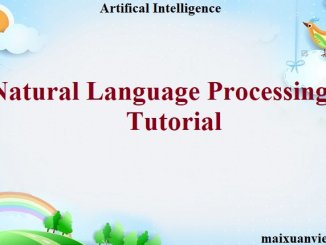
Natural Language Processing Tutorial
1. What is NLP? NLP stands for Natural Language Processing, which is a part of Computer Science, Human language, and Artificial Intelligence. It is the technology that is used […]

1. What is NLP? NLP stands for Natural Language Processing, which is a part of Computer Science, Human language, and Artificial Intelligence. It is the technology that is used […]
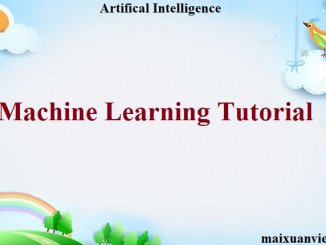
Machine Learning tutorial provides basic and advanced concepts of machine learning. Our machine learning tutorial is designed for students and working professionals. Machine learning is […]
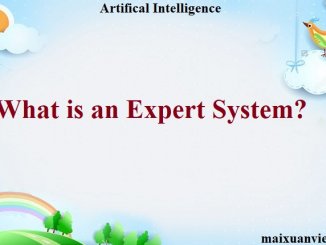
1. What is an Expert System? An expert system is a computer program that is designed to solve complex problems and to provide decision-making ability […]
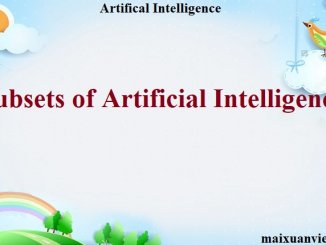
Till now, we have learned about what is AI, and now we will learn in this topic about various subsets of AI. Following are the […]
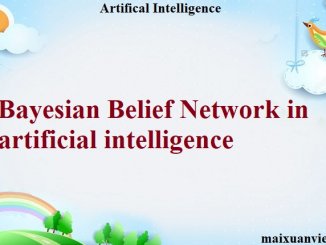
1. Bayesian Belief Network in artificial intelligence Bayesian belief network is key computer technology for dealing with probabilistic events and to solve a problem which […]
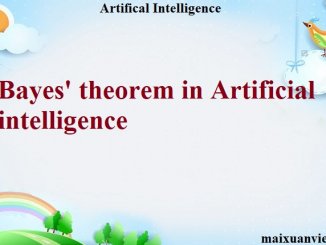
1. Bayes’ theorem: Bayes’ theorem is also known as Bayes’ rule, Bayes’ law, or Bayesian reasoning, which determines the probability of an event with uncertain knowledge. In […]
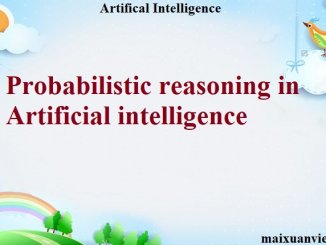
1. Uncertainty: Till now, we have learned knowledge representation using first-order logic and propositional logic with certainty, which means we were sure about the predicates. […]
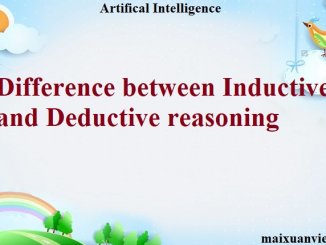
Reasoning in artificial intelligence has two important forms, Inductive reasoning, and Deductive reasoning. Both reasoning forms have premises and conclusions, but both reasoning are contradictory […]
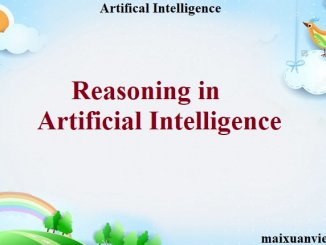
In previous topics, we have learned various ways of knowledge representation in artificial intelligence. Now we will learn the various ways to reason on this […]
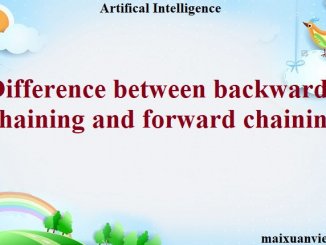
Following is the difference between the forward chaining and backward chaining: Forward chaining as the name suggests, start from the known facts and move forward […]
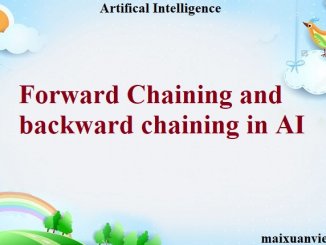
In artificial intelligence, forward and backward chaining is one of the important topics, but before understanding forward and backward chaining lets first understand that from […]
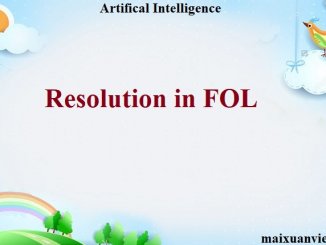
1. Resolution Resolution is a theorem proving technique that proceeds by building refutation proofs, i.e., proofs by contradictions. It was invented by a Mathematician John […]

1. What is Unification? Unification is a process of making two different logical atomic expressions identical by finding a substitution. Unification depends on the substitution […]
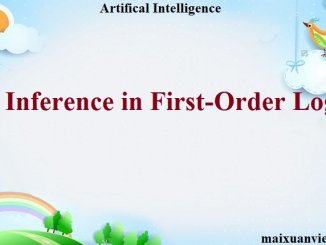
Inference in First-Order Logic is used to deduce new facts or sentences from existing sentences. Before understanding the FOL inference rule, let’s understand some basic […]
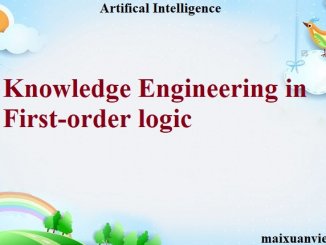
1. What is knowledge-engineering? The process of constructing a knowledge-base in first-order logic is called as knowledge- engineering. In knowledge-engineering, someone who investigates a particular domain, […]
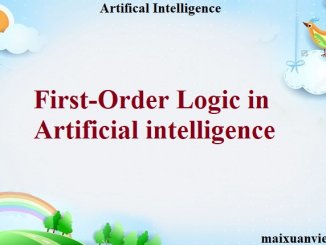
In the topic of Propositional logic, we have seen that how to represent statements using propositional logic. But unfortunately, in propositional logic, we can only […]
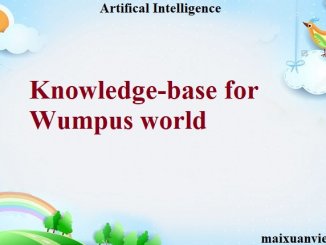
As in the previous topic we have learned about the wumpus world and how a knowledge-based agent evolves the world. Now in this topic, we […]
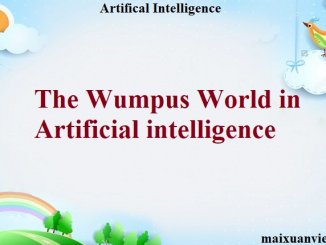
1. Wumpus world: The Wumpus world is a simple world example to illustrate the worth of a knowledge-based agent and to represent knowledge representation. It […]
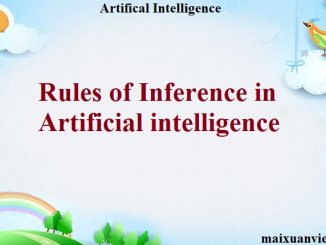
1. Inference: In artificial intelligence, we need intelligent computers which can create new logic from old logic or by evidence, so generating the conclusions from evidence […]
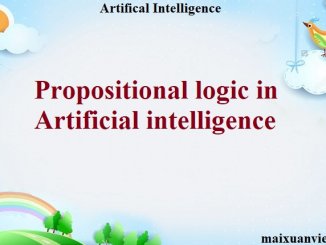
Propositional logic (PL) is the simplest form of logic where all the statements are made by propositions. A proposition is a declarative statement which is […]
